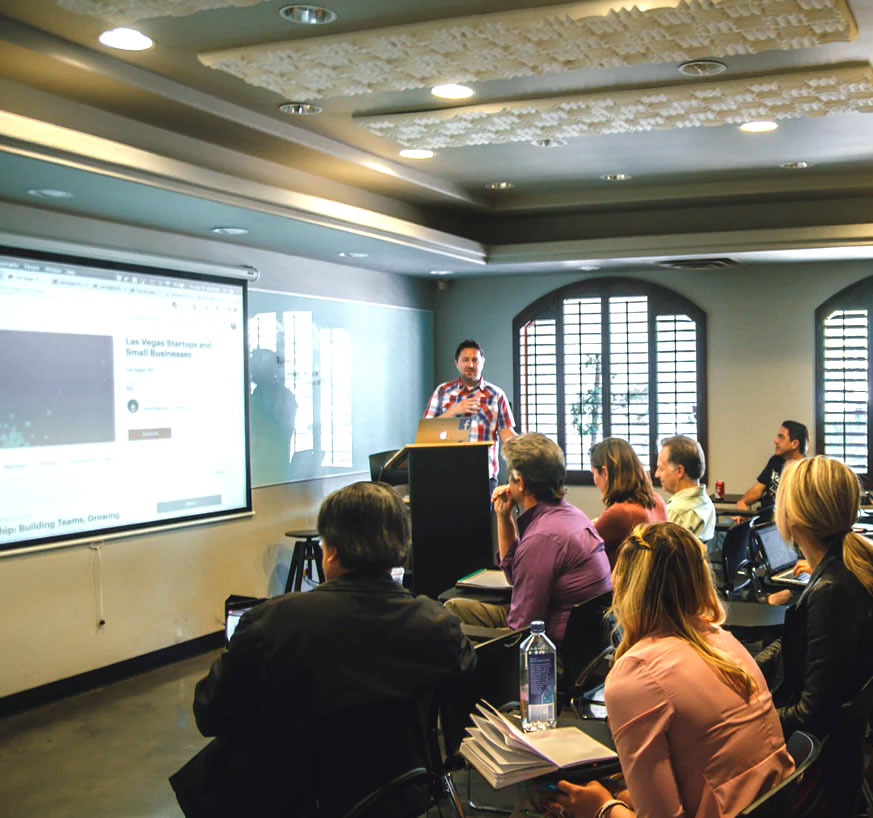![]()
This hands-on learn-by-doing workshop will work through the organization’s real-life project example to put in place a requirements framework to be populated with business and functional requirements. Two facilitators will be assigned to work with customer personnel over the 2- to 3-day period of the workshop. Customer personnel may be divided into groups to address particular areas of the subject. Presentations, documents, templates etc. generated during the workshop will be handed over to the customer.
This coaching program provides an understanding of how to gather, process, and track evolving stakeholder needs and requirements throughout the lifecycle of the project so as to establish a requirements baseline that serves as the basis for defining the needed work products. This workshop will examine a real-life planned project, and put together a draft charter and business goals/requirements (epic business case), key functional requirements (features), non-functional requirements, and a delivery roadmap.
The focus of the workshop will be to put in place the framework that the project team (e.g. Product Manager, Solution Architect, Delivery Manager, etc.) further elicit and document requirements, ahead of a larger bottom-up effort such as a big-room planning session.





